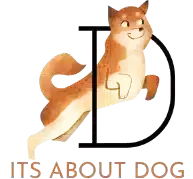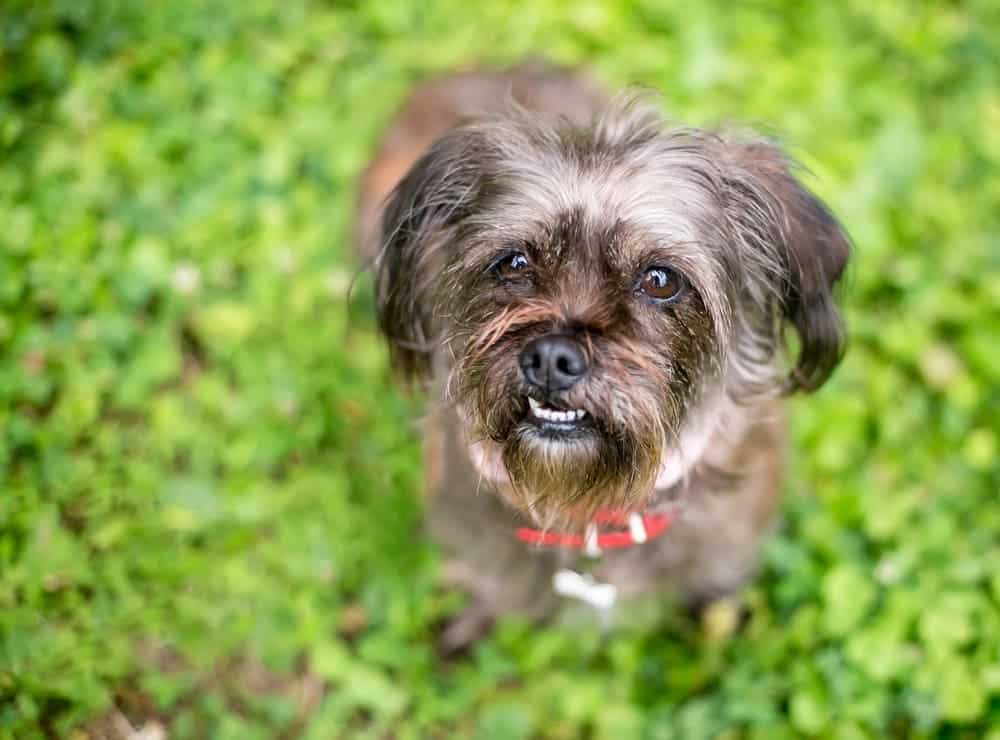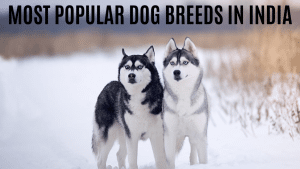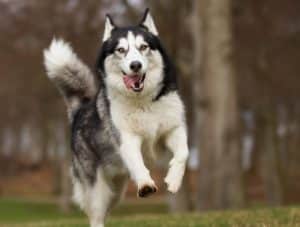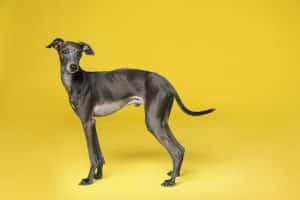Absolutely! Here’s a detailed look at malocclusions (overbite and underbite) in dogs, including causes, types, prevention, and key takeaways for owners:
Understanding Malocclusions in Dogs
- What it is: Malocclusion occurs when a dog’s upper and lower jaws don’t align correctly, resulting in mispositioned teeth. Common forms are overbite (upper jaw too long) and underbite (lower jaw too long).
- Breed Variations: Some breeds naturally have underbites (e.g., Bulldogs), while others strive for a perfect “scissor bite”. Knowing your breed’s standard is important.
- Genetic Predisposition: Malocclusions are often hereditary. Responsible breeders work to eliminate them, but they can still appear.
Causes of Malocclusion
- Genetics: The most common cause, leading to incorrect jaw development.
- Metabolic Issues: Calcium/Vitamin D deficiencies can impair bone and teeth growth.
- Injuries: Trauma to the jaw, especially during puppyhood, can disrupt development.
- Early Tooth Loss: When baby teeth don’t fall out in time, it can prevent proper permanent tooth placement.
- Excessive Tugging: Overly forceful tug-of-war games can stress a puppy’s developing jaw.
Types of Malocclusion
- Scissor Bite: Normal for many breeds. Upper incisors slightly overlap lower ones.
- Direct/Pincer Bite: Jaws are the same length, leading to teeth rubbing together (can cause wear).
- Undershot/Overbite: Significant misalignment where jaws don’t meet correctly. Can be a breed standard or a serious defect.
Preventing Malocclusion
- Responsible Breeding: Choose reputable breeders who prioritize healthy bloodlines.
- Proper Puppy Nutrition: Ensure your puppy receives a balanced diet with enough calcium and vitamin D.
- Safe Play: Avoid overly forceful tugging games with a young dog.
- Dental Care: Monitor baby teeth, and consult your vet if they don’t fall out on schedule.
Key Takeaways
- Not All Malocclusions Are Bad: Some breeds naturally have underbites or overbites.
- Early Detection is Key: Regular vet checkups can catch bite problems early, potentially making correction easier.
- Treatment Varies: Depending on severity, malocclusions may require braces, tooth removal, or no intervention at all.
- Owner Responsibility: Choosing a reputable breeder, proper puppy care, and consulting your vet are crucial for your dog’s dental health.
Remember, while some malocclusions are purely cosmetic, others can cause pain or difficulty eating. Understanding the breed standard and working with your veterinarian will ensure the best care for your furry companion!
What Is Malocclusion in Dogs?
Occlusion is the position of the lower incisors relative to the upper ones. Correct – the upper jaw extends 1-2 mm forward above the lower jaw. Malocclusion in dogs is when the lower jaw is longer or shorter, which means it comes forward or remains at a considerable distance behind.
There is no one general norm for all breeds. For different breeds of dogs, different positions of the front teeth are considered standard. Hence another position – that for one breed it is a defect, for another it is a standard. Animals with malocclusion are not allowed to develop the breed. The defect is transmitted genetically and can appear after several generations. This situation is dangerous for maintaining the purity of the breed.
Causes of Malocclusion:
If we ignore genetics, malocclusion develops in childhood. The position of teeth in adult animals depends on care – food, and load on the jaws and teeth. Dog handlers monitor the development of teeth and consult with veterinarians at the slightest irregularities.
Puppies are characterized by a floating jaw position. This is due to bone growth. At 1.5 months, the teeth are finally formed. Jaw abnormalities are affected by:
Metabolic Disorders:
Lack of calcium and vitamin D leads to problems with teeth and jawbone. A growing body must receive the amount of vitamins and microelements required for the breed. If this process is not controlled, rickets, and with it malocclusion, are guaranteed for the pet.
Untimely Replacement Of Baby Teeth:
Untimely replacement of baby teeth leads to the fact that permanent teeth begin to grow on top of children’s teeth. This leads to deformation and incorrect position. At the same time, the jaw remains correct. The site is disturbed, and the teeth become crooked. To prevent this from happening, take care of your baby’s teeth. As soon as the gums become inflamed and there are prerequisites for the appearance of permanent teeth, the milk teeth are removed if they have not fallen out on their own by this time.
Jaw Box Injuries:
This situation is typical for mobile and active puppies. Games and chewing brains lead to injuries. Babies require close supervision. Most puppies chew things, furniture, and household utensils. This habit is harmful not only to the home but also to the health of the animal. The dentition is damaged and the jaw is injured. The result is an incorrect bite.
This situation is not very common for adult dogs. They are more careful. The cause of injury in an adult animal can be a blow to the head or jaw with a blunt object. Depending on the force of the blow and the degree of injury, there may be consequences for the dog. In some cases, the veterinarian cannot help the animal.
Excessive Stress On Your Puppy’s Growing Teeth:
Many owners play tug of war without calculating their strength. The puppy’s fragile jaw and weak teeth are irreparably damaged during such fun. If the bite is disturbed by such entertainment, it is difficult to correct it.
Types of Bite in Dogs:
Veterinarians and dog handlers name several types of relative positions of the upper and lower incisors:
Scissor Bite:
Dog handlers call this the position when the upper incisors overlap the lower ones by 1-2 mm. It is important to ensure that with this type of bite the teeth do not touch. Otherwise, it will be an incorrect bite. This type of bite is the normal jaw position for some breeds. For the Chinese Crested, scissors are considered the standard.
Straight Bite:
The precise closure of the jaws is called a direct bite. The upper and lower teeth act like pincers. The jaws are of the same length. With this position of the teeth, rapid abrasion of the surfaces occurs, since they are in constant contact.
Snack or Progeny:
An undershot or bulldog jaw is characterized by protruding lower teeth. This is explained by the fact that the length of the lower jaw bone is greater than the length of the upper one.
For a number of breeds, this arrangement of teeth is considered a major defect. This is the breed standard for bulldogs, German boxers, and Pekingese.
Underbite:
The position of the teeth, in which the upper jaw hangs significantly over the lower jaw, is called underbite. The distance between the jaws is quite impressive due to the fact that the lower jaw is much shorter than the upper. Considered a fault for all breeds.
Overbite:
Other anomalies in animals are also possible. In Yorkshire Terrier dogs, teeth can grow in 2 rows. Some individuals have excess or missing teeth. There are animals with inelastic lips. This occurs due to a small frenulum.
Prevention of Malocclusion:
At the initial stage, the baby’s nutrition should be adjusted. The puppy must receive the required amount of nutrients and vitamins. This is especially true for bone-forming elements – calcium, and vitamin D.
When playing with a young animal, it is necessary to correctly calculate the strength. The dog should be allowed to pull the toy on its own. In this case, the animal’s strength will develop without compromising the bite.
It is worth keeping an eye on what and how your baby chews. This way the owner will protect the animal and his home from problems. Pet stores offer a wide range of rubber toys for dogs. They are designed for different loads, so they are suitable for dogs of different breeds.
The dog should not be hit in any way. Any corporal punishment leads to injuries not only psychological but also physiological.
For many dog breeds, bite is important. The owner decides what to do with the problem. Incorrect jaw position can lead to serious health problems and professional unsuitability. A problem is detected in time and correct treatment corrects the situation.
Conclusion:
Most canine teeth alignment problems don’t require treatment unless the dog is experiencing pain or discomfort. Purchasing a better bowl, softening your dog’s food, and engaging in play with a sturdy toy can all make a big difference in your dog’s quality of life as a pet owner and help him develop properly aligned teeth.
